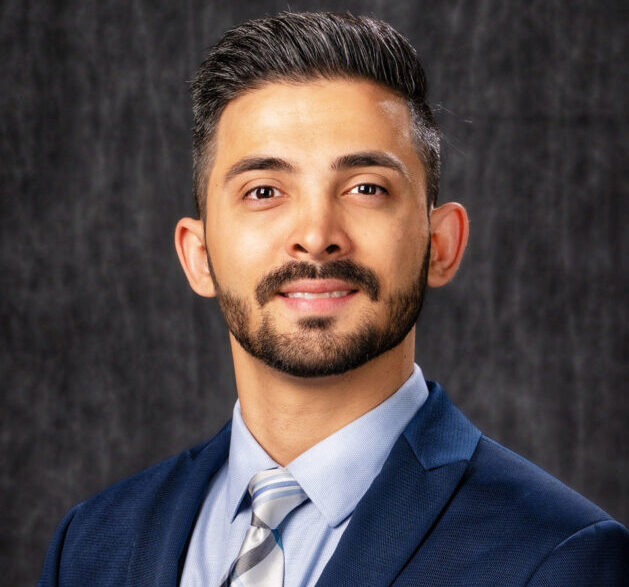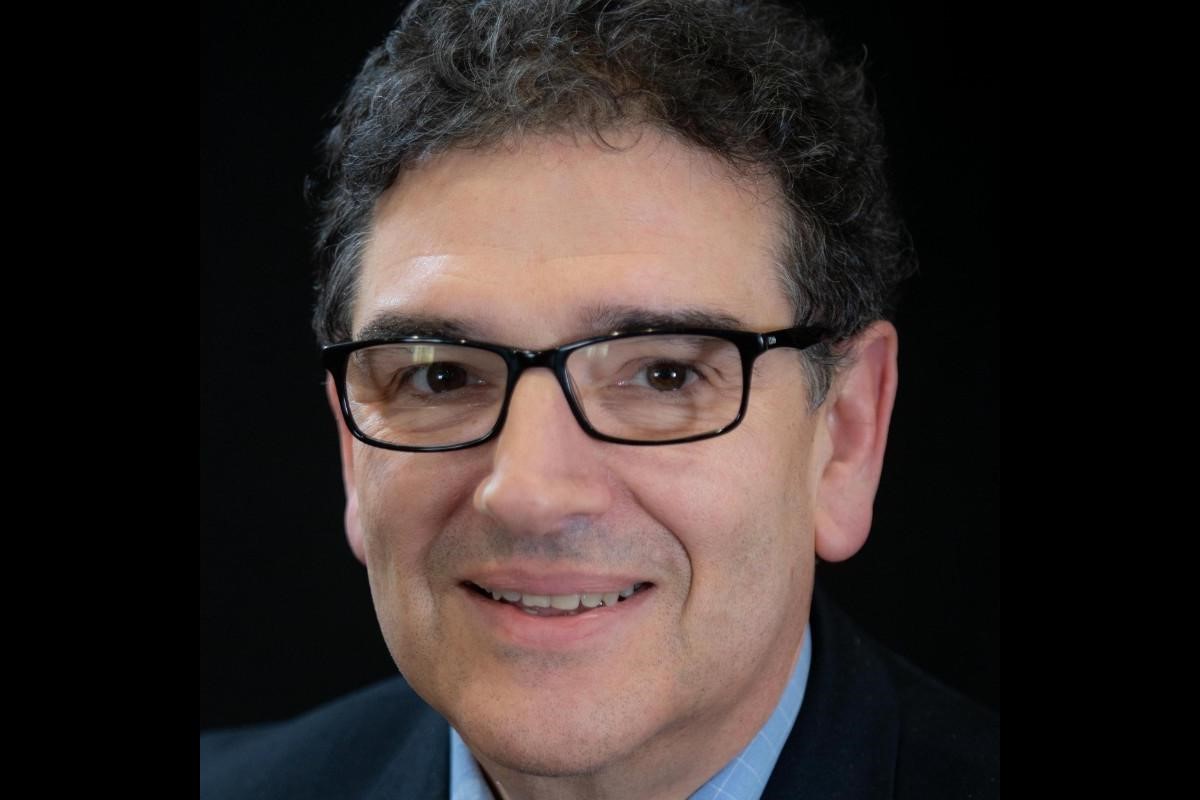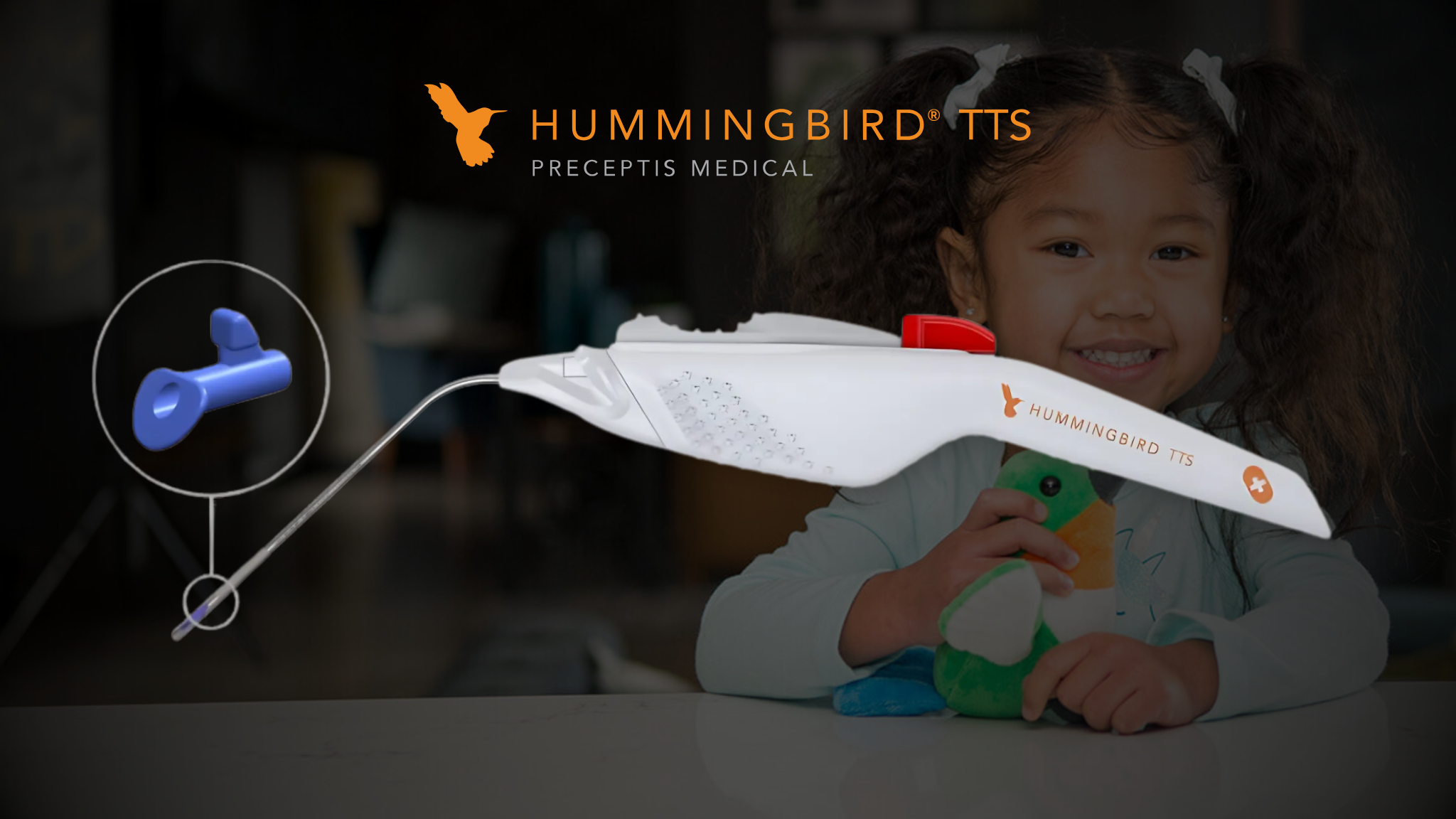
Soroush Farsi is a fourth-year medical student at Texas Tech University and an ENT clinical research fellow at the University of Arkansas for Medical Science for his gap year. His experiences in Turkey, working as a translator in hospitals and seeing how remarkable the role that doctors play, fueled his passion for medicine. Specializing in otolaryngology-head and neck surgery, Soroush has carved a niche for himself not just as a dedicated medical professional but as a content creator shaping the future of surgical education.
After arriving in the U.S., Soroush worked various jobs that enabled him to work his way through his education at Texas A&M University. In 2019, he earned a degree in nutritional science with a minor in biology and graduated with a Summa Cum Laude distinction.
Soroush’s journey as a content creator began five months ago with a chance introduction to CSurgeries.com by none other than Dr. Gresham Richter, the Executive Chairman of the platform.
“I was motivated to become a content creator after learning extensively from the platform. Inspired by the commitment to sharing valuable surgical insights, I contribute by uploading videos of interesting procedures encountered during my shadowing experiences.”
For Soroush, creating surgical content is a meticulous and collaborative process.
“My process for creating surgical content typically begins with reaching out to various surgeons at our ENT department, inquiring about compelling cases suitable for videotaping. After ensuring there isn’t a similar video in the database, I coordinate with the surgeon and obtain patient consent before recording the procedure. Following the editing and review by the surgeon, I craft a procedural abstract and upload the content to CSurgeries.com. This workflow ensures the dissemination of valuable and unique surgical insights on the platform.”
Soroush acknowledges the challenge of condensing extensive surgeries into concise, educational videos.
“To overcome this hurdle, extensive reading and research about the procedures have been invaluable in identifying the crucial and significant aspects to include in the video. Dr. Richter’s guidance has been particularly helpful; he emphasized the importance of envisioning the video as a tutorial for medical students, aiming to enable them to perform the procedure after watching. This perspective has been instrumental in ensuring the videos are not only informative but also effective in educating and empowering viewers.”
Soroush recounts a poignant instance where his content had a profound impact on a seasoned surgeon nearing retirement.
“A seasoned surgeon I closely collaborate with is nearing retirement after over 60 years of experience in head and neck surgery. He expressed profound interest in recording his unique surgical approaches and procedures, not commonly performed by ENTs. Our discussions revolve around identifying potential new cases to be taped and uploaded, ensuring that his wealth of knowledge continues to benefit others even after his retirement. It’s immensely rewarding to contribute to the preservation and sharing of such valuable insights within the medical community.”
According to Soroush, aspiring content creators must embrace collaboration with surgeons in the editing process.
“For those aspiring to become content creators in surgical education, my advice is to actively involve the surgeon in the editing process to guarantee the production of high-quality and educational videos. This collaborative approach not only enhances the educational value but also ensures that the material is presented in a manner conducive to effective learning.”:
Reflecting on his journey, Soroush highlights the transformative impact of being a content creator for CSurgeries on his personal growth and professional development.
“The process of watching, editing, reviewing, and researching each video I publish has transformed me into an expert in those procedures. This heightened expertise not only boosts my confidence in identifying landmarks but also strengthens my ability to recall procedural steps. As I envision my future as a resident surgeon, this experience has significantly contributed to my readiness and proficiency in the surgical domain.”
As Soroush peers into the future of surgical education, he envisions a shift away from conventional learning methods towards dynamic, visual experiences.
“I anticipate a transformation in the landscape of surgical education, moving away from conventional methods of learning procedural steps through books. Sometimes, a 5-minute video can deliver more knowledge than hours of reading. This not only streamlines the learning process but also fosters confidence and improves retention. Personally, my commitment to this evolution involves creating and sharing educational videos that offer a dynamic and great learning experience.”
Soroush stands as a testament to the power of collaborative, visually-driven surgical education, leaving an indelible mark on the future of medical learning. Through his work, he not only imparts knowledge but also cultivates a community committed to the continuous evolution of surgical education.



